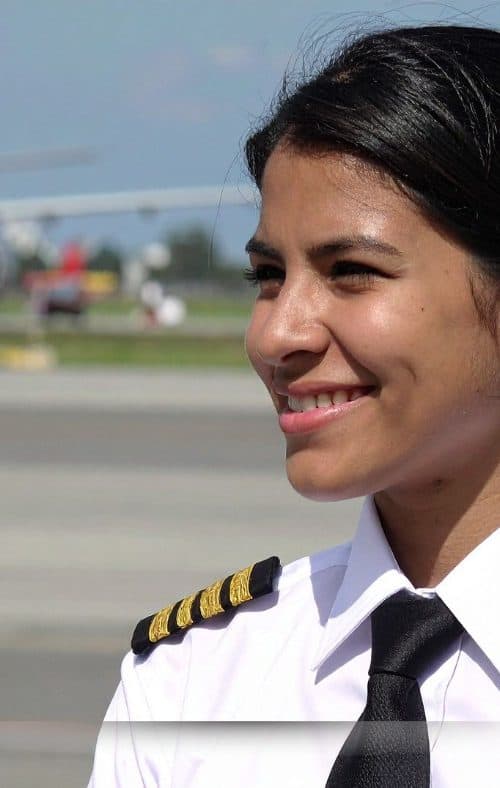At Flightworx, we offer expertise in a wide range of areas including flight planning, ground handling, permits and aviation security. Another key part of what we do is to track down Jet A1, the most widely used type of aircraft fuel around the world, wherever you might need it.
This is thanks to our extensive network of over 100 different aviation fuel suppliers across the globe. Given that aircraft refuelling makes up such a significant cost in aviation, what can you do to save more of it in the first place? Read on to find out.
Economise When Cruising
Long-distance flying means that you will be cruising for prolonged periods of time. When you set the throttle for a period of several hours, it is easy to push it a little too hard. Simply pulling it back a little to the best economy power setting can save gallons of fuel over the course of a typical long-distance flight.
Of course, different aircraft manufacturers provide optimal power and economy settings so ignoring these, even if you are not far off them, will waste aviation fuel needlessly.
Adjust Your Leaning Technique
Even if you think your throttle is set to maximise your aircraft’s economy, this will not be the case unless you also have a sound leaning technique. Nearly all modern aircraft have optimised fuel economy settings which are based on a specific leaning technique.
If you don’t lean your engine during the flight – leaving at the same setting without thinking about the fuel mixture – then you cannot fly in the most economical way regardless of your throttle position.
This can lead to extensive fuel mismanagement and even risk running out of aviation fuel prematurely. In short, leaving the fuel mixture lever in a forward position is one of the most wasteful ways of flying and yet too many pilots continue to pay inadequate attention to their leaning technique.
Double-Check the Weather Conditions
Although it may not be an option for pilots who have VIPs on board, if it is possible to bring your flight forward or to delay it when there are adverse meteorological conditions, it will inevitably save fuel. Low temperatures, precipitation and, of course, strong headwinds all mean burning more fuel.
When you have to take action to avoid poor weather in-flight, do so early so that you can cruise out of trouble rather than burn more fuel by reacting at a later stage.
Carry Less Fuel
Within safe limits, it is a great idea to fly with less fuel on board. If you do so, then – obviously – your aircraft will be lighter which means using up less fuel while you travel.
Of course, this only makes sense if you can find a good jet fuel price at your destination airport, or close to it. This is where the expertise in aviation fuel management at Flightworx can make a big difference.
By planning ahead and using one of our aviation fuel suppliers, you can continue to fly with only the fuel you actually need without compromising on convenience. Remember that we are here to connect you with a local jet fuel provider regardless of where you happen to be.
CONTACT OUR TEAM TODAY
To get more tips on how to save on fuel costs for long haul flights, contact our team today who will be more than happy to help.
Aviation News




